Travel destinations Comments: 0 Oct 25, 2023
Dubrovnik has long been a symbol of tourism, enlightenment, tradition and culture not only of the Republic of Croatia, and not only of the Balkans. It would be enough to say that as early as 1979, this city was included in the UNESCO List of World Cultural Heritage.
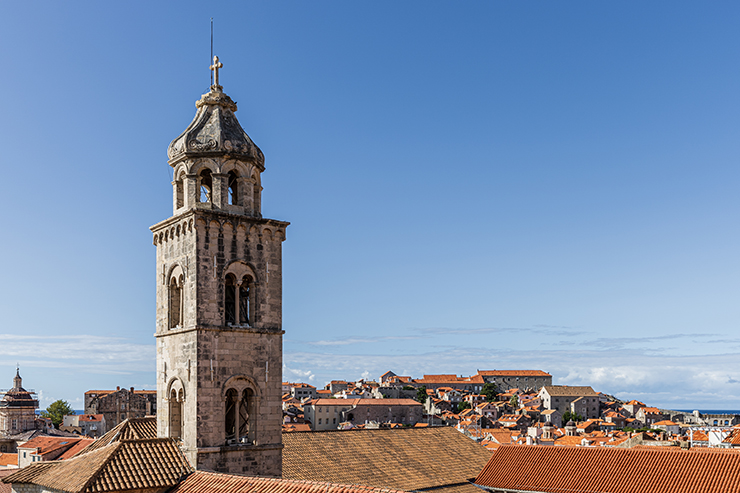
In the sea of generally known facts about Dubrovnik, this time we will add a few historical points of interest, which will certainly contribute to a clearer understanding of the spirit and significance of this city.
Already in 1416, the Republic of Dubrovnik passed a law prohibiting the slave trade. Slavery was rejected by the majority, and was called "shameful, wrong, disgusting and against human dignity". Whoever decided to continue keeping slaves would be fined and sentenced to half a year in prison. It is worthy of respect how much the people of Dubrovnik recognized slave ownership as a social system contrary to moral and civilizational norms earlier than others. For comparison, slavery was abolished in Great Britain only in 1833, and in the USA in 1865.
In 1377, the Great Council of the Republic of Dubrovnik passed the first quarantine regulation in the world, due to the plague pandemic that swept across Europe in 1348. Dubrovnik was the first city in the world to introduce quarantine without interrupting trade. The original text of the regulations was written in Latin, and is preserved in its entirety in the Green Book in the State Archives in Dubrovnik. The Grand Council decided that all travelers coming from infected areas should not enter Dubrovnik, but should be sent to the islands of Mrkan, Supetar and Bobara in front of Cavtat for "cleaning" within a month. At the same time, it is strictly forbidden for all Dubrovnik residents to visit quarantined newcomers without permission from the authorities. In case of non-compliance with the regulations, they themselves would be sent to isolation for a month with a fine of 50 perper.
After the War of Independence, on July 4, 1776, the Congress of the United States of America passed the Declaration of Independence and 13 British colonies became the United States of America. The Dubrovnik Senate was quite well informed that the American victory was undoubted and that peace was near, so sooner or later the new state would have to be recognized by all states that had not already done so. After Morocco, France and the Netherlands, in 1782 the Republic of Dubrovnik was among the first in the world to recognize the independence of the United States of America.
Dubrovnik is also home to the oldest pharmacy in permanent use in Europe and one of the oldest in the world. It is located in the Franciscan monastery and has been working without interruption since 1317 until today.
At that time, the monks started making medicinal preparations and healing teas, which they then sold to the local population. Most of them were herbal, and were believed to help with the treatment of headaches, insomnia and the like.
About 2,000 recipes are kept here, and some of them are still in use today, especially for making natural skin creams. Many items for pharmacy use from the 15th and 16th centuries have also been preserved, and the museum exhibits various presses, dishes, a device for distilling water, scales, measuring cups, etc.
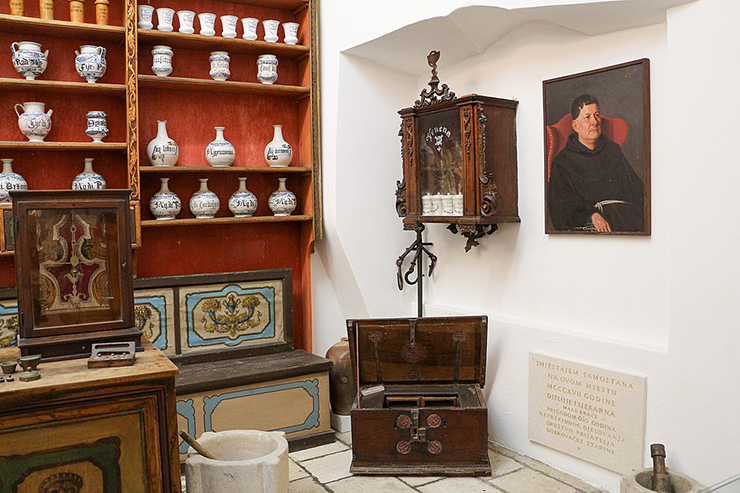
The Republic of Dubrovnik had its own maritime insurance law ("Ordo super assecuratoribus", 1568), which is considered the oldest such law in the world.
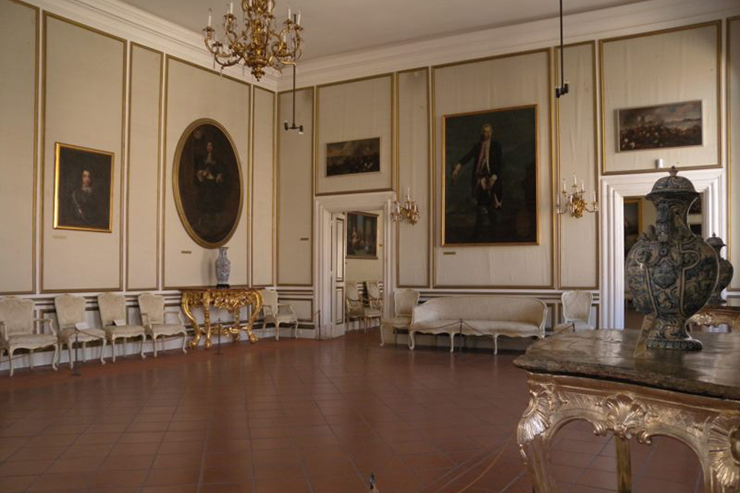
During the construction of the Minčeta fortress in 1464, at one point there was a shortage of stone, so it was ordered that every visitor to the city must bring a stone with him in accordance with his physical constitution.
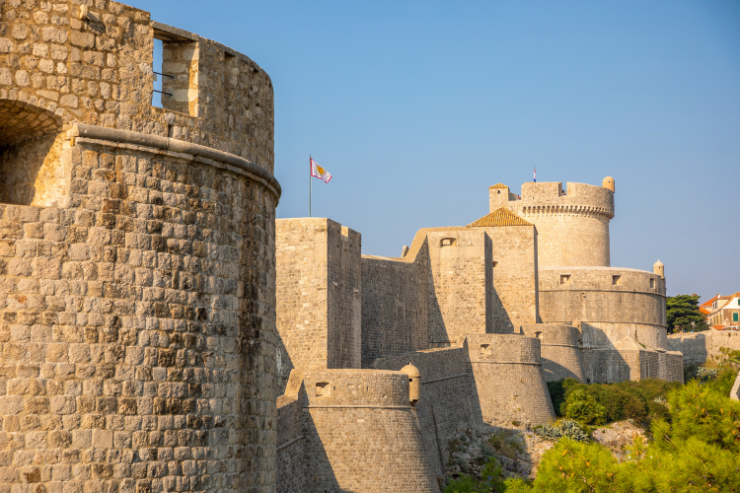
During the time of the Republic of Dubrovnik, there was an order in force that dictated that, when the south wind was blowing, important political decisions should not be made. This was due to the fact that many believed that low air pressure, caused by south wind, made people irritable and depressed.
Monastery of St. Klare is the most famous of the eight women's monasteries in Dubrovnik. It was built at the end of the 13th and the beginning of the 14th century. An orphanage for abandoned children was opened in one part of the monastery in 1432. Orphans would be cared for until the age of six, after which they would be adopted by local families. Orphanage in the monastery of St. Klare was one of the first such institutions in the world. In the catastrophic earthquake of 1667, the monastery was badly damaged, but it was rebuilt by the city authorities.
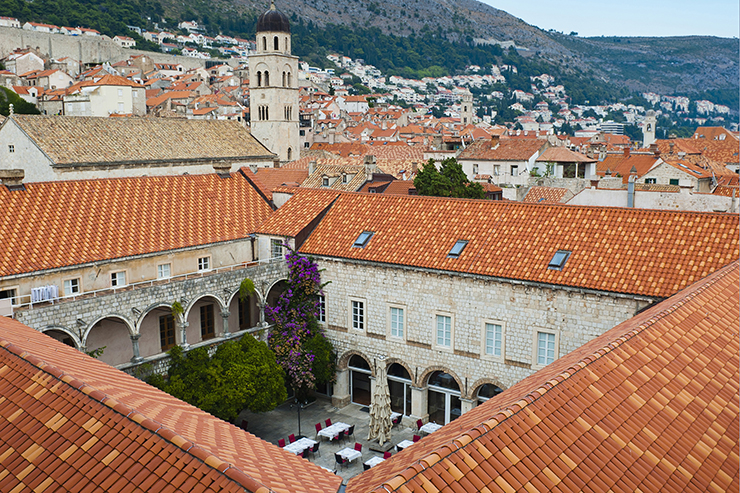
And finally, one legend: Dubrovnik and English chroniclers record that the famous king of England, Richard the Lion-Hearted, came to Dubrovnik in the fall of 1192. When he was returning from the Third Crusade, he was caught in a terrible storm near the Croatian coast. As he did not see a way out, he began to pray and at the same time promised the Most High that, if he was saved, he would build a magnificent cathedral on the spot where he touched the ground. He thus reached Lokrum, but in a conversation with the citizens of that time, it was concluded that the cathedral should be built in the city, and the citizens of Dubrovnik themselves would build a church in Lokrum. That's exactly what happened, so the people of Dubrovnik received a valuable donation from the king and built the cathedral themselves.
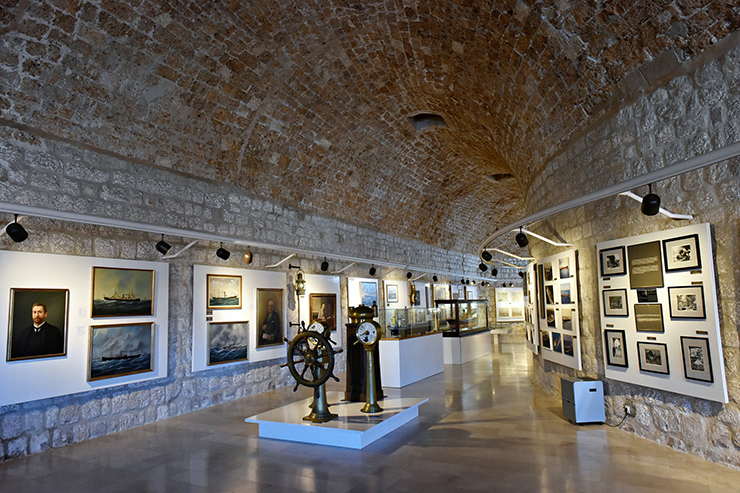
If you want to visit Dubrovnik, you can buy a bus ticket quickly and easily through the online bus ticket sales portal Busticket4.me.


 RS
RS  ME
ME  HR
HR  BA
BA  RU
RU  MK
MK  AL
AL  ES
ES  DE
DE  IT
IT  CN
CN  NL
NL  SE
SE  FR
FR 

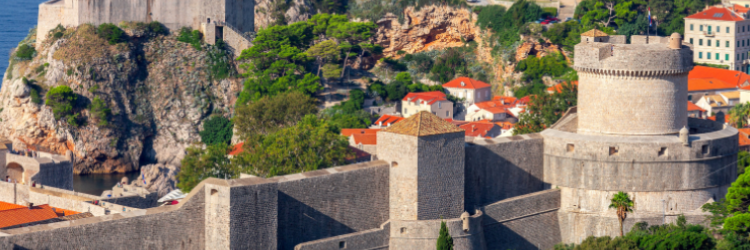




Write a comment